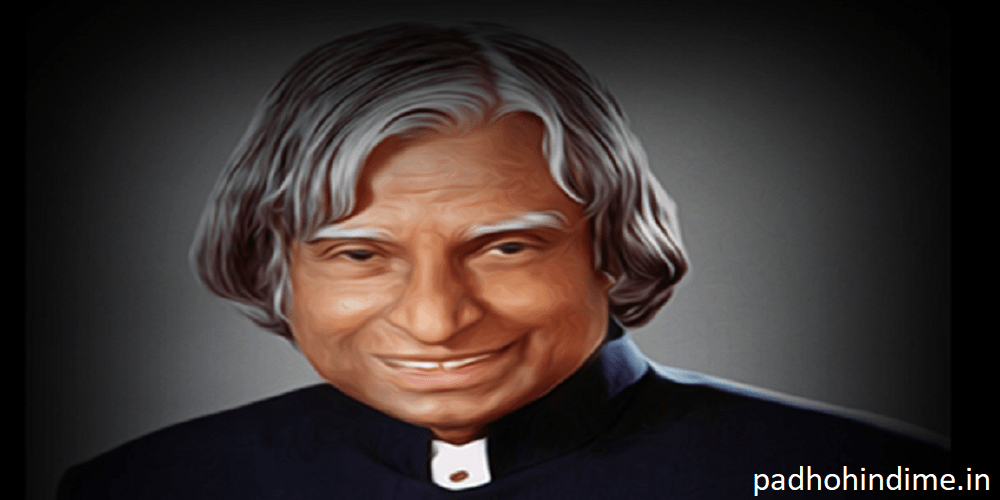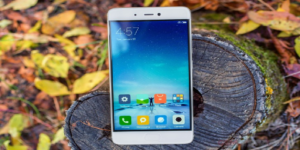A.P.J. Abdul Kalam, also known as the “Missile Man of India,” was a renowned Indian scientist and the 11th President of India from 2002 to 2007. He was born on October 15, 1931, in Rameswaram, Tamil Nadu, and passed away on July 27, 2015, in Shillong, Meghalaya. Dr. Kalam was a multifaceted personality, and his life is an inspiration to millions of people around the world.
Early Life and Education
Abdul Kalam was born to Jainulabdeen Marakayar and Ashiamma in a humble Tamil Muslim family. His father was a boat owner, and his mother was a housewife. Kalam was the youngest of five siblings, and he had a difficult childhood due to his family’s financial constraints. However, his parents instilled in him a strong work ethic and a love for learning.
Kalam attended Schwartz High School in Ramanathapuram and later completed his matriculation from Saint Joseph’s College in Tiruchirappalli. He then went on to study Physics at the University of Madras, where he graduated with a Bachelor of Science degree in 1954. After completing his undergraduate studies, Kalam moved to Madras to study aerospace engineering at the Madras Institute of Technology (MIT).
Career in Science and Technology
After completing his studies at MIT, Kalam joined the Aeronautical Development Establishment (ADE) of the Defence Research and Development Organisation (DRDO) in Bangalore as a scientist. He worked on several important projects, including the development of India’s first satellite launch vehicle (SLV-III) and the design of the country’s first indigenous guided missile, the Prithvi.
Kalam’s contributions to India’s missile program were instrumental in establishing the country’s defense capabilities. He went on to lead several important organizations, including the Defence Research and Development Laboratory (DRDL) and the Indian Space Research Organisation (ISRO). Under his leadership, India successfully tested the Agni and Prithvi missiles, making it a significant player in the field of missile technology.
Kalam was also an accomplished author and wrote several books on science and technology. His book, “Wings of Fire,” is a memoir of his life and has become a best-seller in India.
Presidency and Legacy
In 2002, Kalam was elected as the 11th President of India, succeeding K.R. Narayanan. His presidency was marked by his commitment to education and his efforts to inspire the youth of the country. He launched several initiatives, including the PURA (Providing Urban Amenities in Rural Areas) program, which aimed to provide basic infrastructure and amenities to rural areas.
Kalam was a popular president and was known for his humble nature and simple living. He was often seen interacting with children and young people and encouraged them to pursue their dreams. He was also an advocate for peace and believed in the power of science and technology to bring about positive change in society.
Kalam’s legacy continues to inspire people around the world, and he is remembered as one of India’s most beloved presidents. He was awarded several honors during his lifetime, including the Bharat Ratna, India’s highest civilian award, in 1997. In 2015, he was posthumously awarded the Padma Vibhushan, the country’s second-highest civilian award.
Conclusion
A.P.J. Abdul Kalam’s life is a testament to the power of hard work, perseverance, and a commitment to excellence. He overcame several obstacles in his life and went on to become one of India’s most celebrated scientists and presidents.




